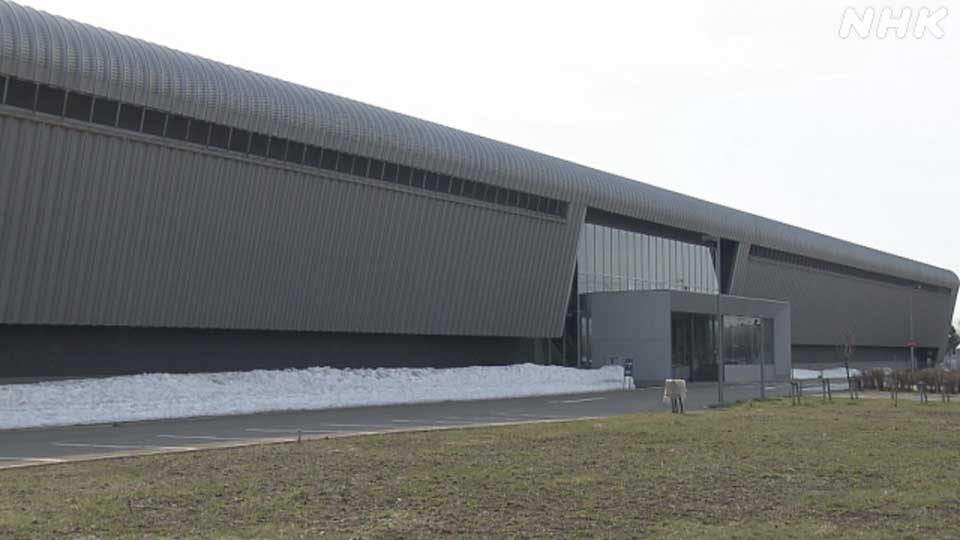In April, Stefan Kramer, Digital Policy Counsellor for the Delegation of the European Union to Japan, told NHK the EU has provided funds of up to 3.15 million euro ― around 3.4 million dollars ― towards initial research costs for the new data link that will boost data transmission speeds.

Kramer said connections between Europe and East Asia are "actually growing disproportionately compared to other connections in the world." He described the Arctic cable project as "an important link between Europe and its like-minded partners in Asia."
Fiber-optic subsea cables ― where bundled strands of optical fibers are laid across the seabed ― transmit roughly 99 percent of all data across the globe. They make it possible to have online meetings with people on the other side of the world, buy from overseas websites, and send text messages almost anywhere.
Far North Fiber is a joint venture between companies in Japan, the United States, and Finland. The cable it plans to build would be the first of its kind, connecting two Japanese locations, including Hokkaido, with Alaska in the United States, then running through the North American region of the Arctic Ocean to Finland, Norway, and Ireland.

Arctic route faster by more than 20 percent
The EU-funded survey of the route, which spans more than 14,000 kilometers, began in April. The decision to finance that first step came against the backdrop of the situation in Ukraine.
Existing communication routes between Japan and Europe pass through the United States, Southeast Asia, the Middle East, and Russia. But the EU wants to find a way to transmit data more securely and at higher speeds.
The Arctic route could potentially prevent Russian influence while boosting speeds by more than 20 percent compared to pathways through the Pacific and Atlantic Oceans, as well as a southbound route.

A statement by G7 leaders at the May summit in Hiroshima included a commitment to ensuring a secure subsea cable route like the one proposed.
Japan and the European Union signed an agreement on July 3 to install a new submarine cable connection through the Arctic. The route will directly connect the Japanese archipelago with Europe without passing through Russian territory.
Kramer notes: "Geopolitical risk has generally increased among some of the routes is actually singled out. And we consider that the geopolitical risks of the Far North fiber of the Arctic connection is low when compared to some of the existing routes."
Role of Climate Change
The ability to lay cables in the Arctic Ocean is largely due to global warming: ice has melted, allowing ships to pass. But climate change is also posing major challenges.
As video streaming and artificial intelligence applications increase, data traffic is expected to surge. According to a report from Japan's Ministry of Internal Affairs and Communications, this year's amount is expected to be 30 times that of 2018.
Moving and cooling the equipment required to process all that data consumes vast amounts of electricity, which means more greenhouse gas emissions.
Even the most optimistic forecasts from the Japan Science and Technology Agency suggest global data center energy consumption will, by 2050, rise to more than 16 times 2018 levels.
Some countries are installing large-scale data centers in icy regions. In Japan, they are being set up in Hokkaido, where the cold climate reduces the energy required for cooling.
"We also see the trend of data centers moving increasingly up north on the globe," Kramer said. "So, the capacity will also be up in the north. Now, of course, we're talking about connectivity here, up in the far north, and that's why this is therefore very important."

Cable ready by 2026
Ethan Berkowitz, a representative of Far North Fiber, says the aim is to have the cable operational within three years.
"Next year we will do more marine studies, build the cable, and at the end of 2026 we will turn it on. If that happens, interactions between people in Japan and Europe will be much faster."


